Plants and Flowers Encyclopedia
Chamaerops humilis - European palm
The , the European palm tree, is the only native palm tree species that actually occurs in Europe. It is a beautiful palm tree that often forms multiple trunks. However, it can also be found with a single trunk. It is limited winter hardy and easy to maintain.

Watering the Chamaerops humilis / European palm
For almost all plants, watering is an important part for the plant to survive and grow. The humilis is certainly no exception! In this chapter you will find all the necessary information so that you can provide your humilis with moisture in the right way.
Summer
In the summer, the humilis must be kept well moist, especially when it is outside in the heat and sunlight. The root ball must be soaked during the summer, sometimes twice a day. On less warm days, this can be skipped for a day. Keeping the root ball moist is so important because otherwise the palm draws moisture from its leaves, which makes it dry, and which would eventually cause it to die. Of course, we must prevent this.
Winter
In winter it is always the other way around. If the palm tree is outside it must be kept dry, otherwise the moisture freezes which damages the root ball. Because it is actually in hibernation it does not need moisture. It does not grow either.
Indoors, however, it should be kept slightly moist (not soaking wet).
General rules
In addition to the above guidelines, it is best to follow these rules:
First, give the palm a little water. If the soil is dry within 2 days, it means it needs a little more water. Adjust the amount of water until it still feels slightly moist between 2 and 5 days after watering, and almost dry after 5 days. If it feels very wet after 5 days, wait until it is almost dry and water again, but reduce the amount.
Spraying
Spray the humilis weekly in spring/autumn, or in the summer evenings, with water. During the day the leaves would be damaged by the sunlight. This is because the drops on the leaf concentrate the light into a hot center, which burns the leaves.
Spraying has beneficial effects on the . It removes dust from the leaves, allowing them to absorb sunlight better. This makes them more beautiful. It also repels pests.
Water system
Are you using vulcastrat with a water meter? Then completely different watering rules apply! With this system you should water the palm once a week until the water meter moves. Go for a small meter reading, the smaller the better. It indicates when there is TOO MUCH water in the pot. So it would be optimal to stop watering just before it reads. In the winter you can even water once every 2 weeks instead of every week. Vulcastrat is special in that it contains nutrients that promote the growth of the humilis.
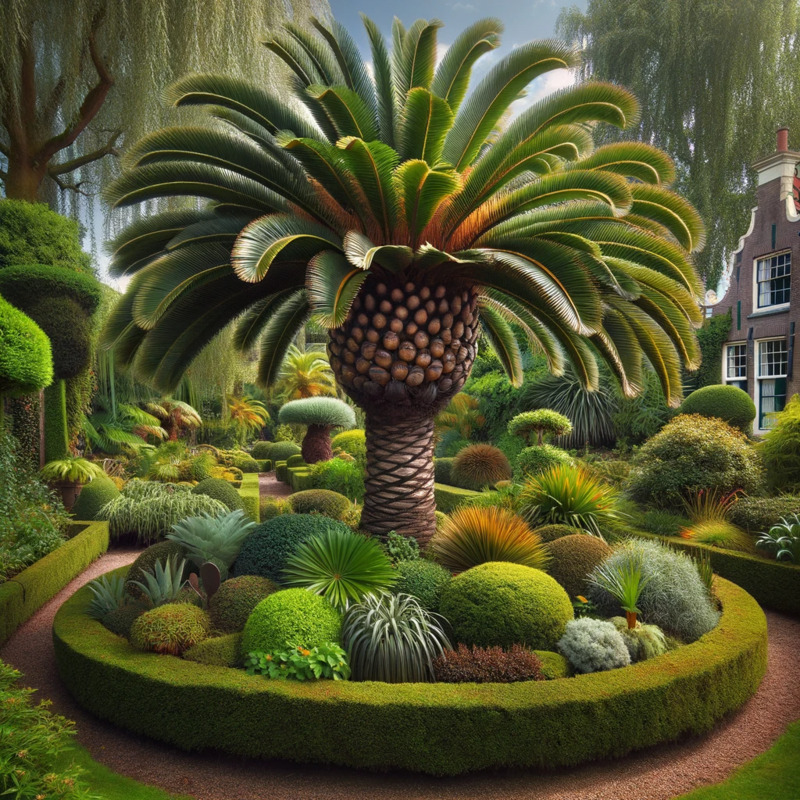
Where to place the Chamaerops humilis
For many plants and palms it is important to determine the right place where it can stand best. A lot or little sun, sheltered from the wind, in the shade at certain sun positions… this all makes a difference for the development of the plant. In this chapter you will find what is best for the .
Light
The loves sunlight very much! So place it in a place where the sun shines! If it is inside, it should be near the window where the sun shines the most. The requirement is a minimum of 3 hours of direct sunlight per day.
Heat
All palm trees also like warmth, so place it in the warmest possible place. Overheating is also possible, so do not place the humilis against a heater, but up to 40-50 degrees it likes to be as warm as possible. The faster it will grow! In terms of minimum requirements it is winter-hardy up to -13C perceived temperature. Is it getting colder? Then protect its leaves with fleece, and the root ball with bubble wrap, when in a pot.
Wind
This palm does not like wind, especially when it is very cold. So make sure you choose a place where there is not too much wind. During the summer days wind is not a problem, but it is when it freezes. Because the more wind during the freezing days the lower the perceived temperature will be, where it is limited at -13C.
Temperature requirements
Minimum temperature during the day: -4 ℃
At night minimum -13 ℃
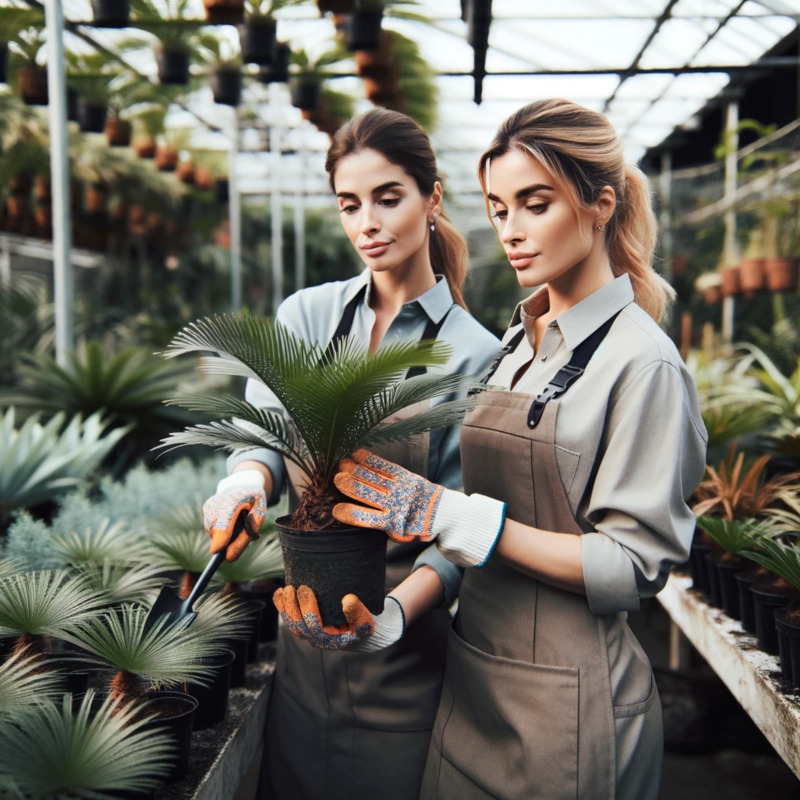
Repotting the humilis, why and when?
Repotting a palm that has grown through its root ball has a few advantages. Namely, the palm grows faster when the roots have space, and the palm with a larger root ball can also withstand lower temperatures better. It can then absorb moisture from the soil better and is therefore stronger and more stable.
General rules
When the plant has rooted (often every 2-3 years) we recommend repotting it, and then in the spring. If it is always indoors, it does not matter when it is repotted. If it is outside, then it is not a problem to repot it in the summer, but we do advise against it in the autumn and winter, because then it does not have the chance to root optimally and grow well. This can make it somewhat weak, and perhaps suffer damage from frost.
If you choose to repot your humilis, choose a pot that is twice the size of the root ball. Place a layer of hydro grains at the bottom of the new pot for better moisture control. The humilis will be grateful for that. Fill this layer with some Mediterranean nutrient soil. This type of soil ensures that the Trachycarpus roots optimally and is fed. Then you can place the root ball on the ground. Make sure that the top of the root ball is slightly below the edge of the pot. Try to get a difference of 2 to 6 cm. This difference ensures that the water does not run off the root ball when you water it.
Every year you should replace the top layer of soil, because it hardens and 'wears out' in nutrients, due to regular watering and because of the sunlight on the upper edge of the root ball.
Furthermore, it is no problem to plant the Chamaerops in the open ground, as long as it is in a good place, with enough sunlight, little wind and the palm is protected at extremely low temperatures (see 'Location'). We also recommend pouring a bag of hydro grains under the root ball.
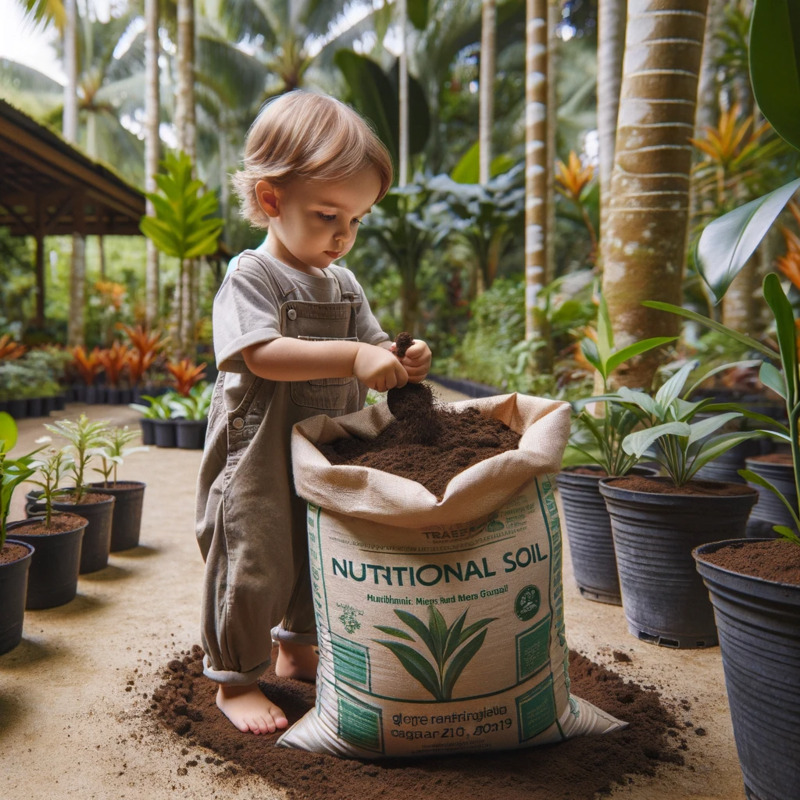
Good feeding of the European palm is important
Feeding the humilis is important, especially during spring and summer. It is not enough to give the palm a good soil, it also needs to be fed. This ensures that the entire condition of the humilis improves, both the core, the root ball and the leaves. You can mainly read it from the leaves, which are then stronger and deeper green in color. But it does not only apply to the leaves. Pokon is often recommended by other shops, but we strongly advise against it, because it can be harmful in the long term, due to bad chemical substances that it contains.
Palm Focus is a product based on natural nutrients from many different sources, a mix of organic, vegetable acids and pure seaweed concentrates. It is the perfect 'fertilizer' for palms. Your palm tree is very grateful for this nutrition and will reward you with shiny deep green leaves and healthy strong roots.
If you want to give your palm tree that little bit of extra luxury, we also recommend supplementing Palm Focus with Ultra focus. This provides a few extra useful nutrients that the Chamaerops loves. They are not super essential, but they do help with root growth and extra health and strength of the palm.
When the leaves turn yellow
Brown or yellow leaves can mean that too little water is being given off. We then recommend checking this and adjusting the watering if necessary. It is also possible that the palm has been moved from a place with a lot/little light to a place with a different amount of light. This can also cause the leaves to discolour. The new leaves will be more resistant to direct sunlight.
We recommend that you ensure that the root ball absorbs moisture regularly and stably by watering it properly, regularly, and helping the root ball with hydro grains.

Propagating the humilis is difficult
It is difficult to obtain seeds from the humilis, so we advise against this. However, you can buy seeds in our online store.
Does the Chamaerops humilis also bloom?
It sometimes blooms here in the Netherlands. The male flowers then spread a wonderful scent. The flowers become large and yellow in color. We do recommend removing the flowers so that they do not drain the humilis' energy, so that it continues to grow better.
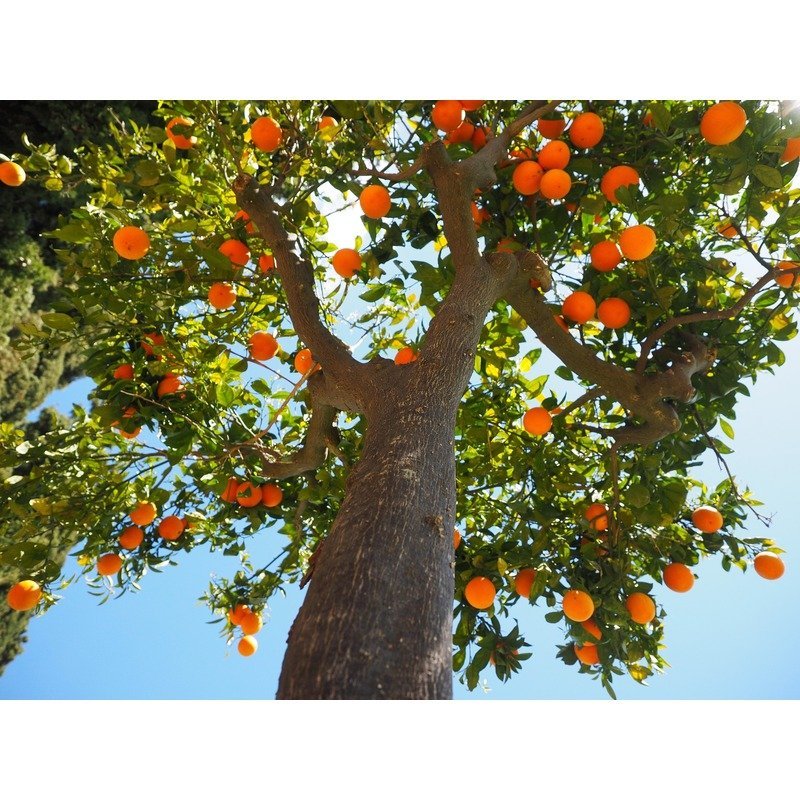

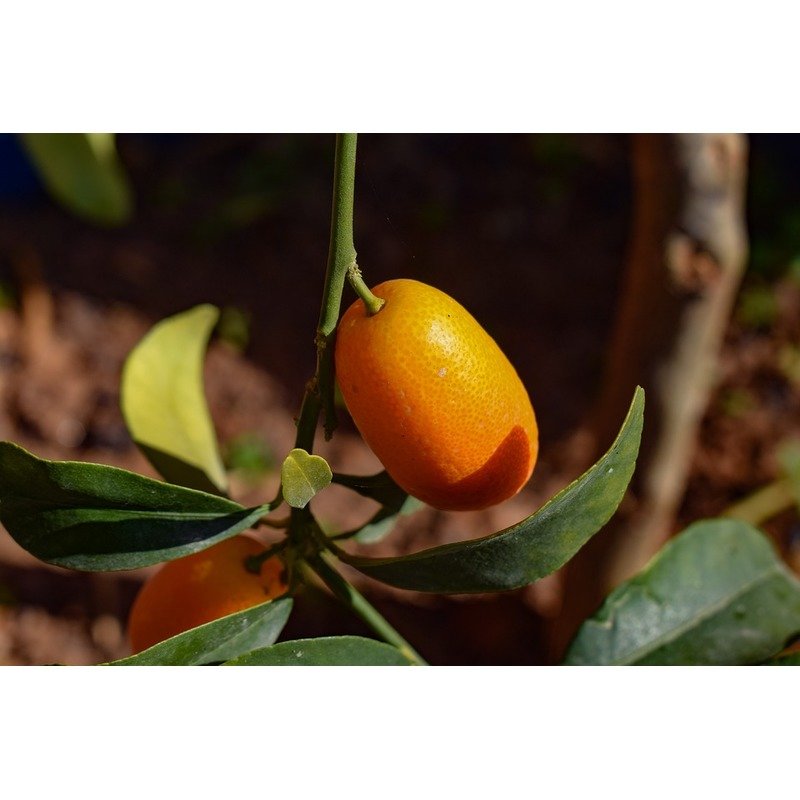
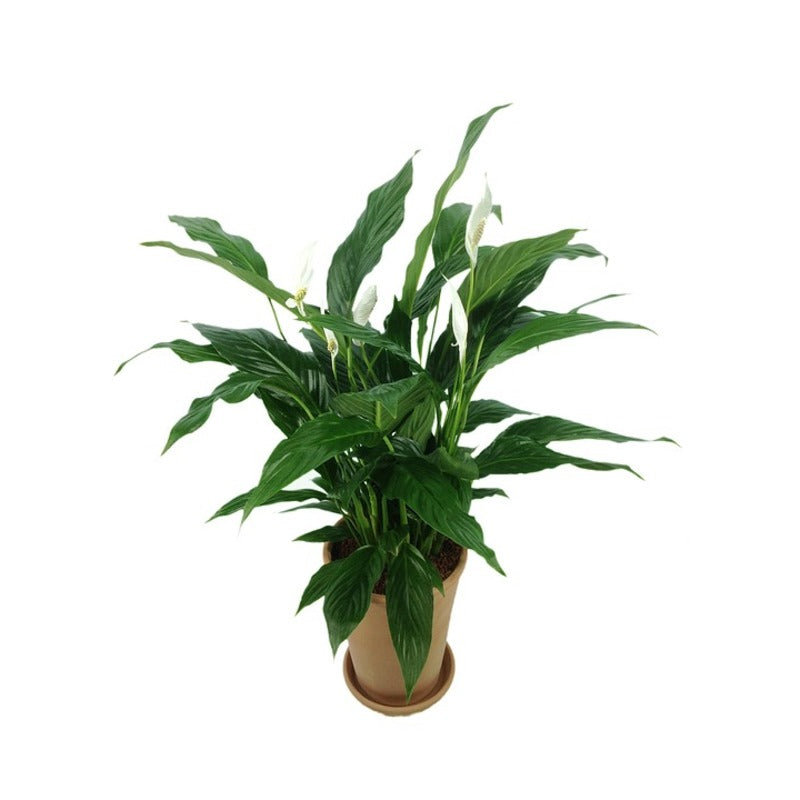
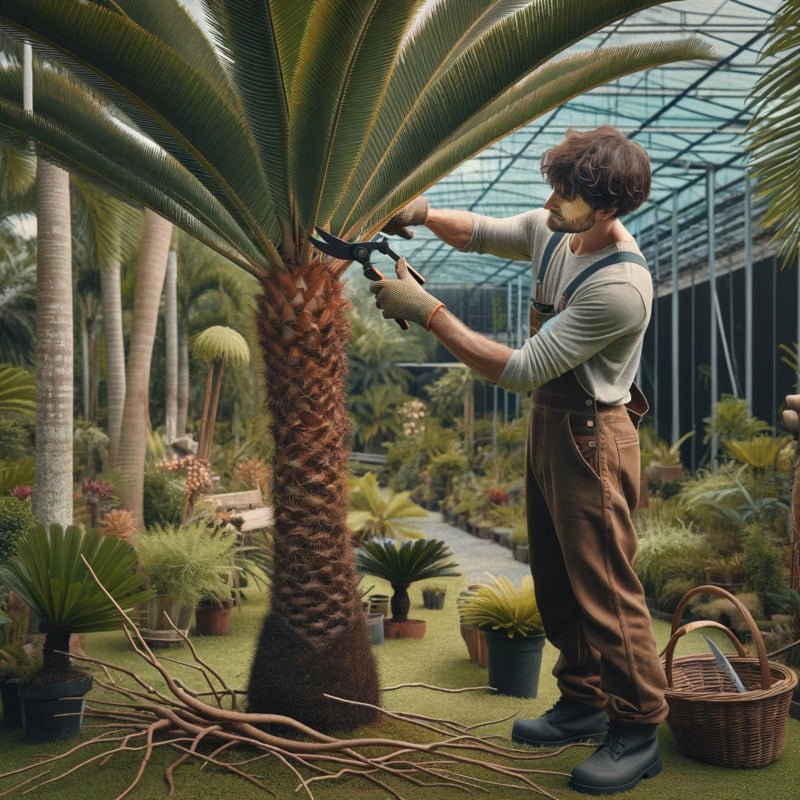




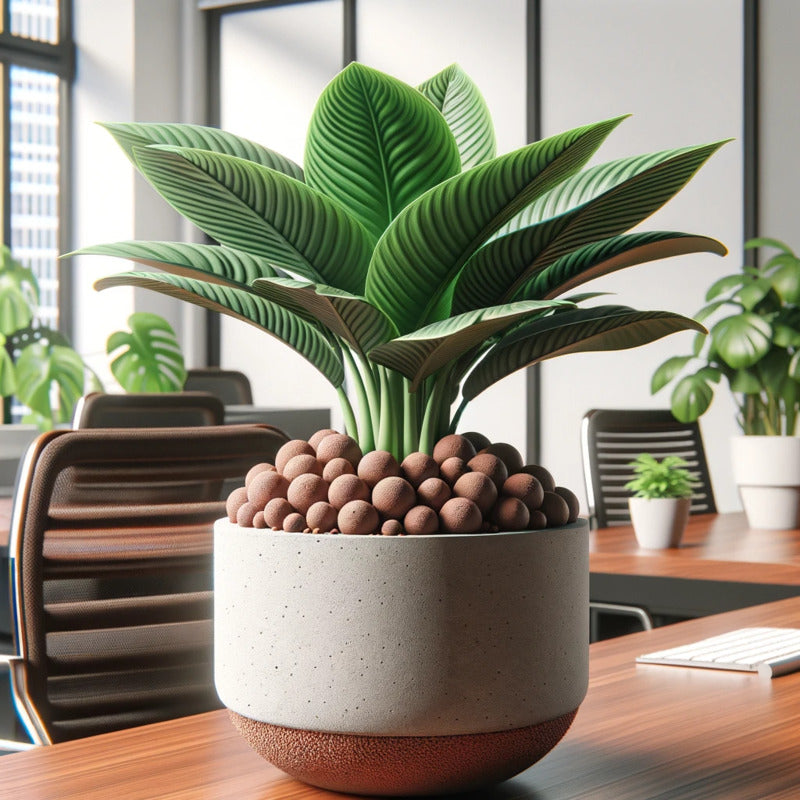

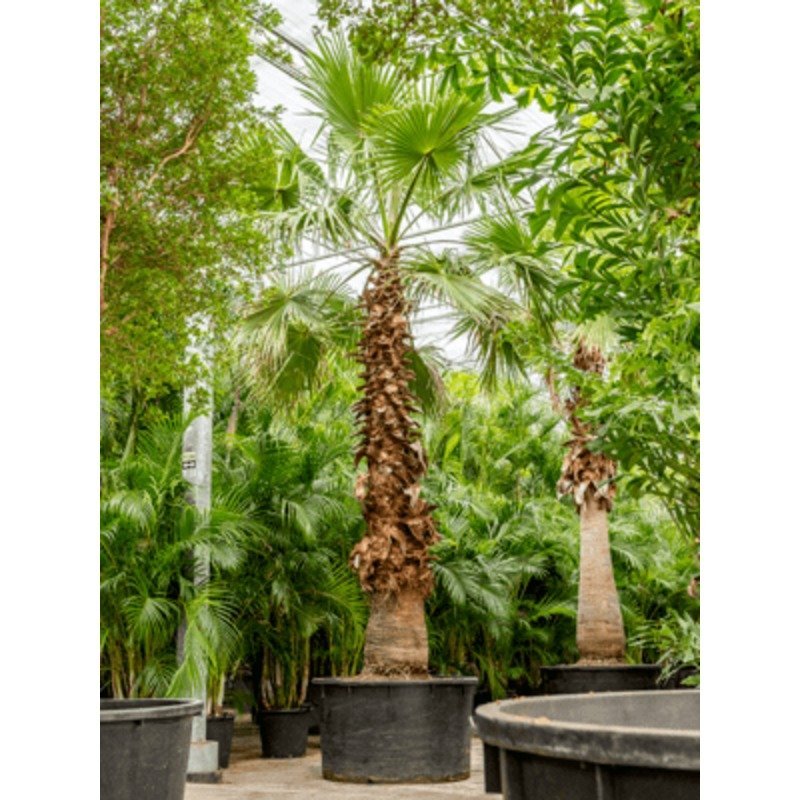
Share:
Malus domestica 'Braeburn' - Apple tree
Chamaerops humilis - Vulcano